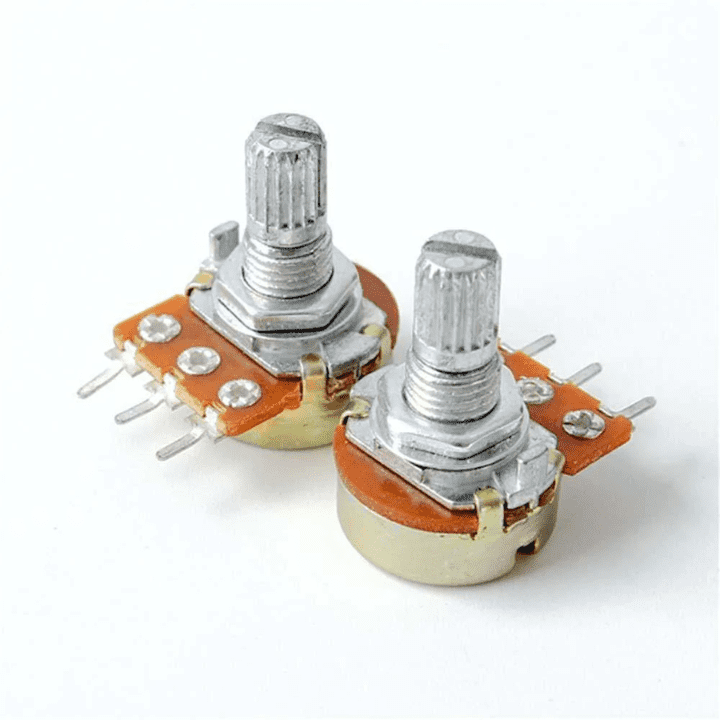Collections in this Category
-
-24%
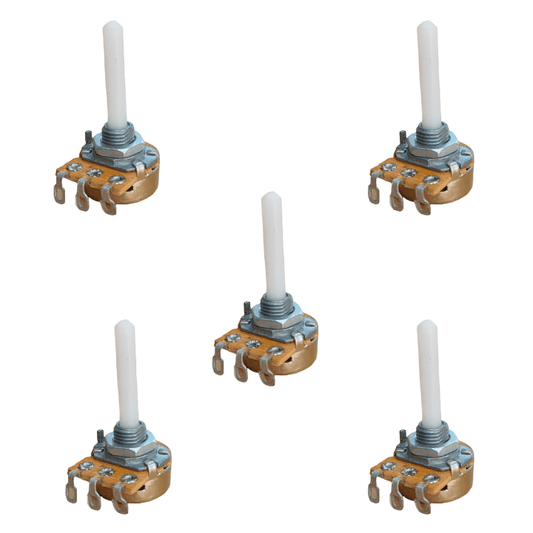
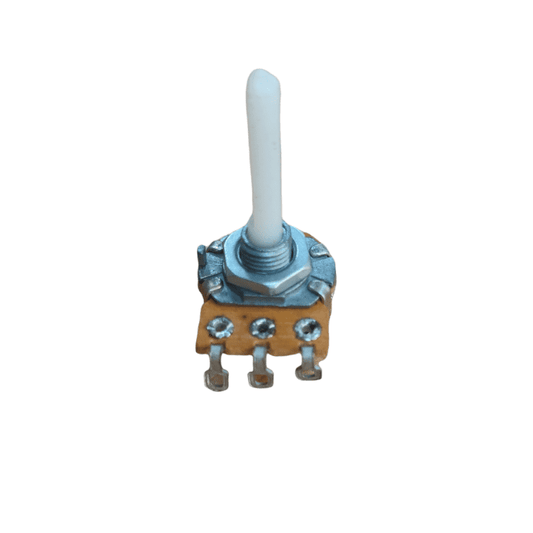
10K 16mm Rotary Pot(Pack of 5)
Regular price Rs. 74Regular priceUnit price perRs. 98Sale price Rs. 74Incl. GST (No Hidden Charges)Sale -
-17%
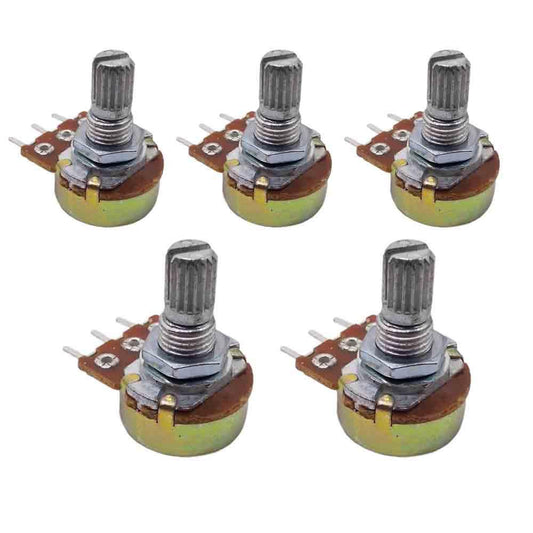
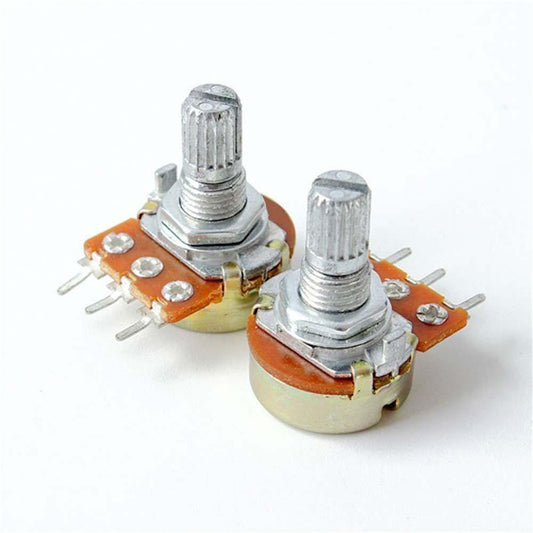
1K Pot Potentiometer - (Pack of 5)
Regular price Rs. 135Regular priceUnit price perRs. 162Sale price Rs. 135Incl. GST (No Hidden Charges)Sale -
-29%
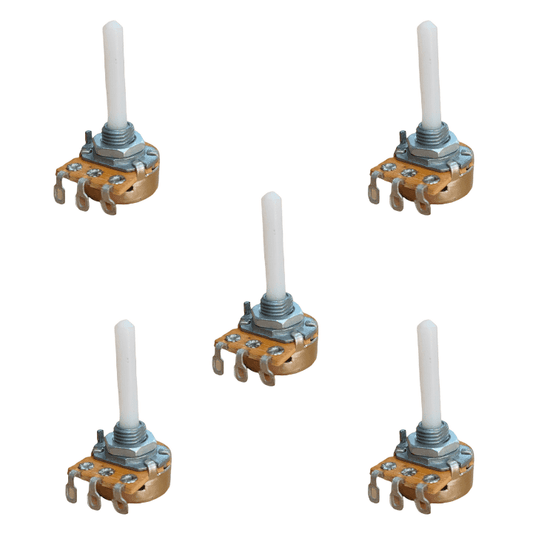
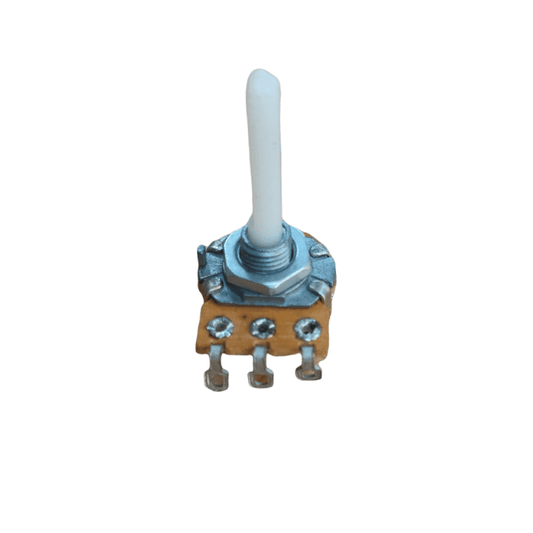
5K ohm 16mm Rotatory Variable Potentiometer (Pack of 5)
Regular price Rs. 65Regular priceUnit price perRs. 91Sale price Rs. 65Incl. GST (No Hidden Charges)Sale -
-17%
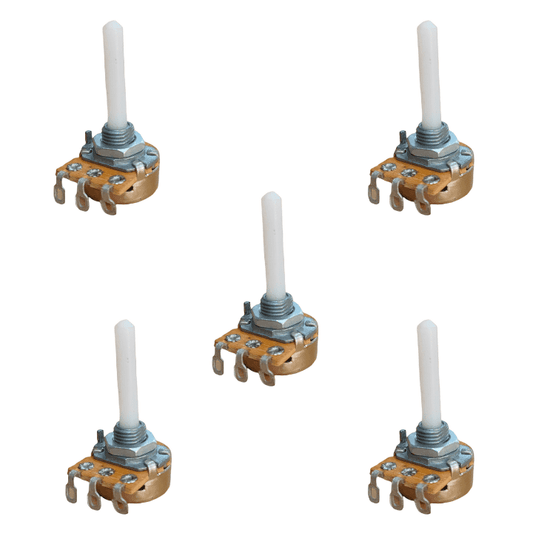
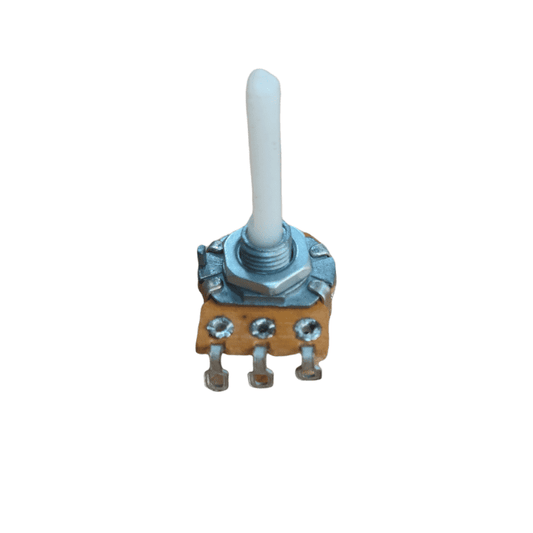
100K 16mm Rotary Pot(Pack of 5)
Regular price Rs. 81Regular priceUnit price perRs. 98Sale price Rs. 81Incl. GST (No Hidden Charges)Sale -
-21%
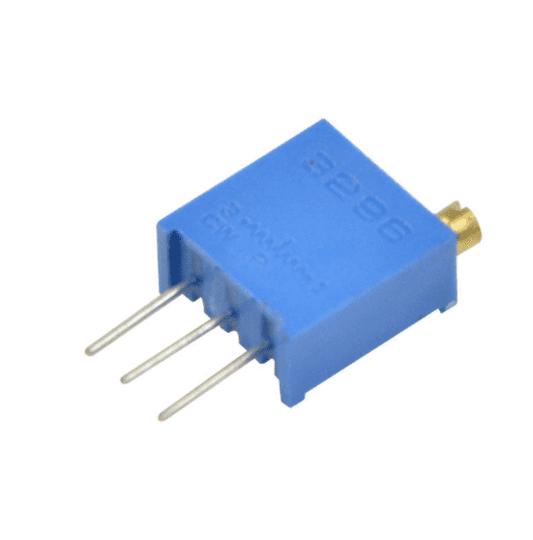
1K Trimpot Trimmer Potentiometer - (Pack of 5)
Regular price Rs. 78Regular priceUnit price perRs. 99Sale price Rs. 78Incl. GST (No Hidden Charges)Sale -
-29%
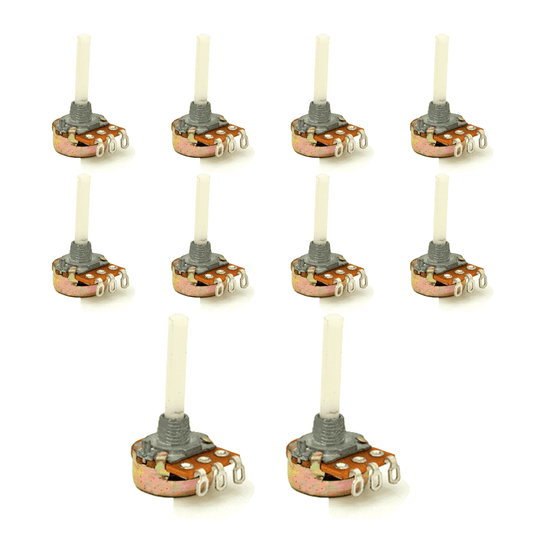
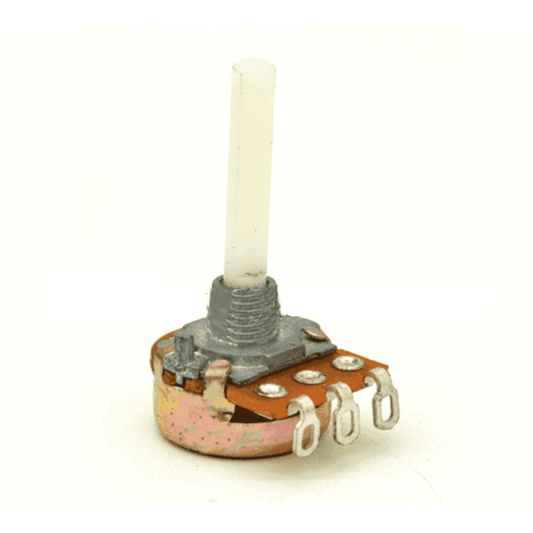
22k Potentiometer (10 pcs)
Regular price Rs. 87Regular priceUnit price perRs. 122Sale price Rs. 87Incl. GST (No Hidden Charges)Sale -
-24%
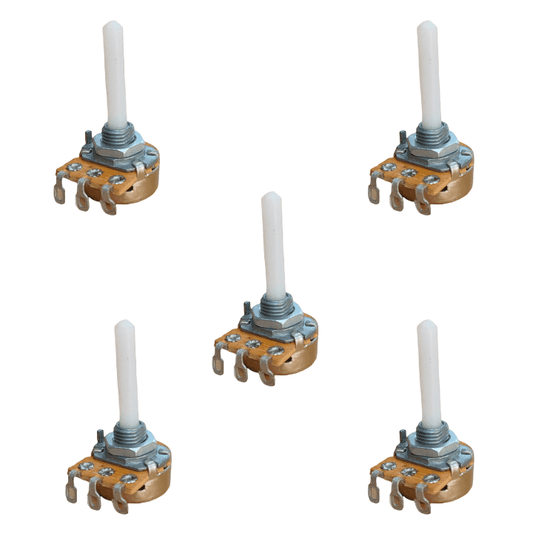
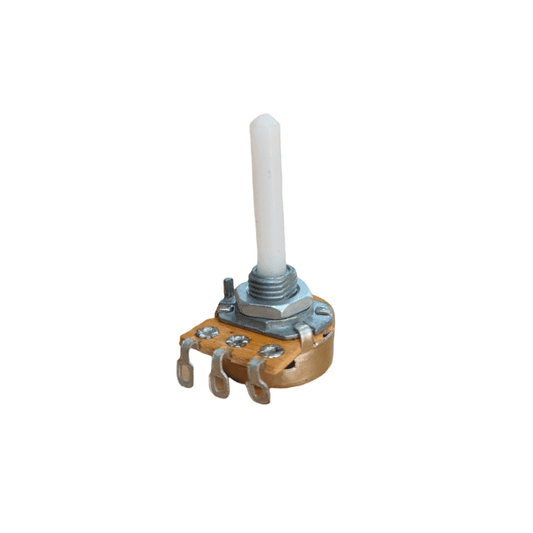
1K ohm 16mm Rotatory Variable Potentiometer (Pack of 5)
Regular price Rs. 74Regular priceUnit price perRs. 98Sale price Rs. 74Incl. GST (No Hidden Charges)Sale -
-10%
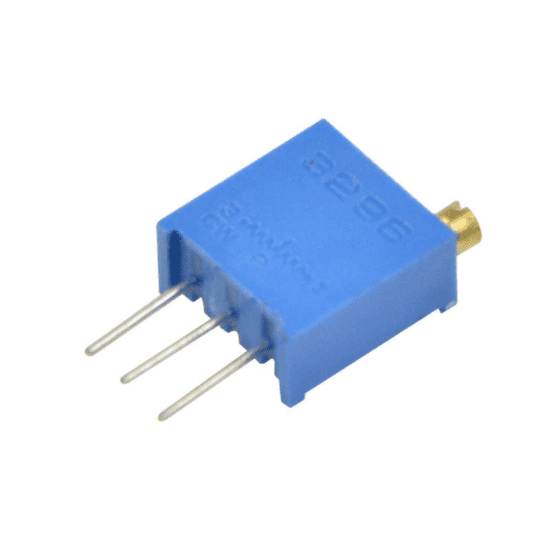
100K Trimpot Trimmer Potentiometer - (Pack of 5)
Regular price Rs. 89Regular priceUnit price perRs. 99Sale price Rs. 89Incl. GST (No Hidden Charges)Sale -
-23%
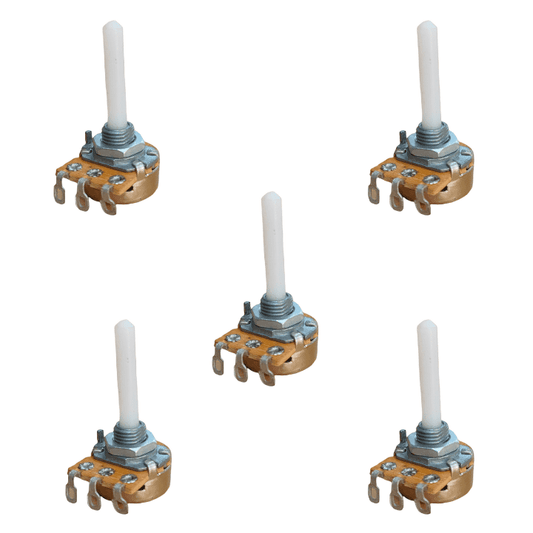
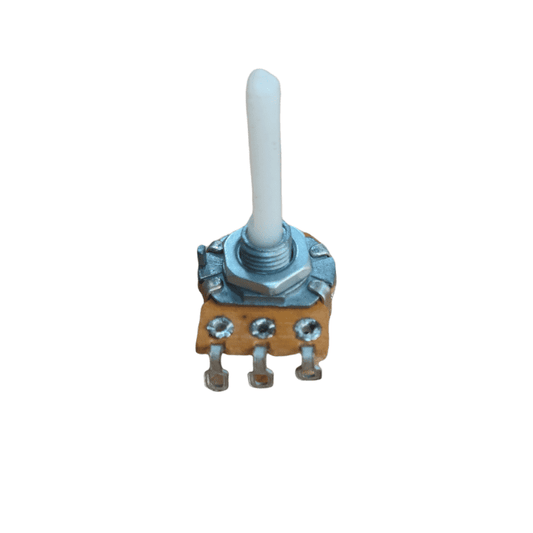
1M ohm 16mm Rotary Pot Variable Potentiometer (Pack of 5)
Regular price Rs. 75Regular priceUnit price perRs. 98Sale price Rs. 75Incl. GST (No Hidden Charges)Sale -
-24%
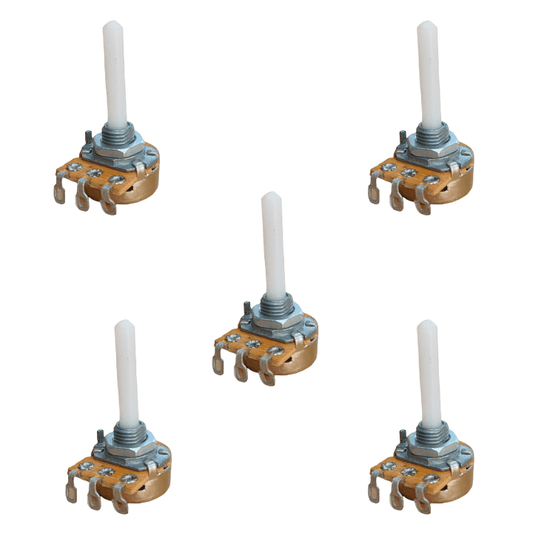
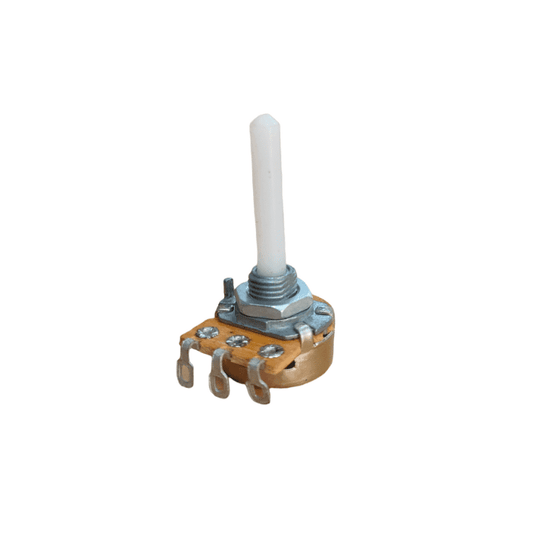
47K 16mm Rotary Pot(Pack of 5)
Regular price Rs. 74Regular priceUnit price perRs. 98Sale price Rs. 74Incl. GST (No Hidden Charges)Sale -
-15%
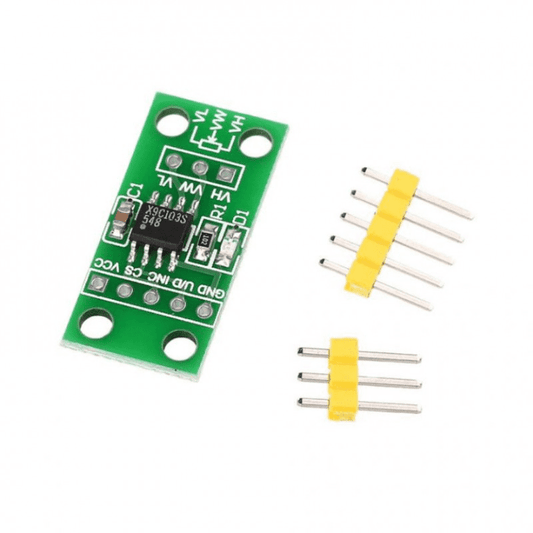
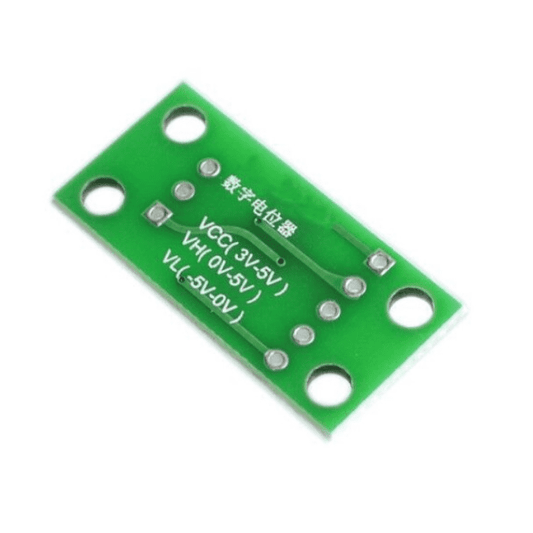
Digital Potentiometer Board Module
Regular price Rs. 274Regular priceUnit price perRs. 323Sale price Rs. 274Incl. GST (No Hidden Charges)Sale -
-17%
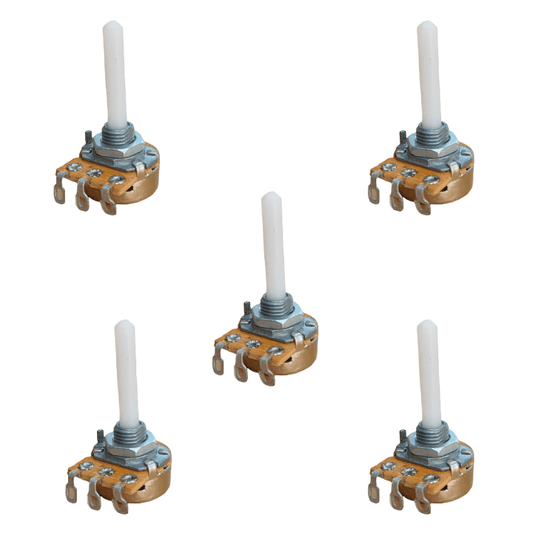
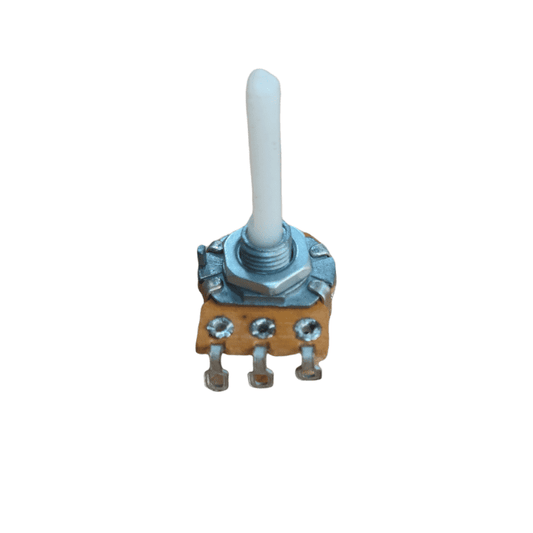
470K 16mm Rotary Pot(Pack of 5)
Regular price Rs. 81Regular priceUnit price perRs. 98Sale price Rs. 81Incl. GST (No Hidden Charges)Sale
Pot Potentiometer
Potentiometers are also commonly called pots. The most common form of potentiometer is the single turn rotary potentiometer. This type of potentiometer is commonly used in audio volume control, speed control, and many other applications. A potentiometer is a three-pole resistor with sliding or rotating contacts that form an adjustable voltage divider. He three main types of potentiometers are linear potentiometers, digital potentiometers and rotary potentiometers.
FAQ:
1. What is pot in potentiometer?
- A pot is defined as a three-terminal variable resistor whose resistance is manually varied to control current flow. A potentiometer acts as an adjustable voltage divider. This type of potentiometer is commonly used in audio volume control, speed control, and many other applications.
2. What are digital potentiometers used for?
- A digital potentiometer is a digitally controlled electronic component that mimics the analog functionality of a potentiometer. Commonly used for trimming and scaling analog signals by microcontrollers. Digital potentiometers can be used in all applications where trimming potentiometers or preset resistors are commonly used. A big advantage is the automated closed-loop control. Used for tuning, the microcontroller can be retuned at defined intervals. Digital potentiometer in electronics applications include monitor brightness and contrast control, gain control, and Wheatstone bridges.
3. What is potentiometer and how it works?
- A potentiometer is a three-pole resistor with sliding or rotating contacts that form an adjustable voltage divider. He three main types of potentiometers are linear potentiometers, digital potentiometers and rotary potentiometers. A potentiometer (or POT) is a passive electronic component consisting of two end terminals with a resistive element and a sliding contact called a wiper that acts as the third terminal. Input voltage is applied to the two end connections and the output is taken between the first end connection and the sliding contact. The output voltage is sent to one of the two input terminals and a sliding contact. POT is useful for using variable voltage in the same device.
Also called a potmeter or pot, it consists of a resistive element called a trace and a sliding contact internally called a wiper with a terminating terminal connected to the resistive element.
4. How does a digital pot work?
- Digital potentiometers (also known as digital resistors) perform the same function as regular potentiometers, but use digital signals and switches instead of mechanical actuation. This is often accomplished using a resistor ladder, which is a series of small resistors.
Popular Searches
Raspberry Pi | M5Stack | Development Boards | DIY Kits | 3D Printers/Pens | IOT & Wireless | Sensors | Electronic Components | Drones/UAV | Motors & Mechanical | Displays | Batteries & Power Supply | Tools & Instruments | Cables & Connectors | Prototyping & Misc
- Choosing a selection results in a full page refresh.
- Opens in a new window.

